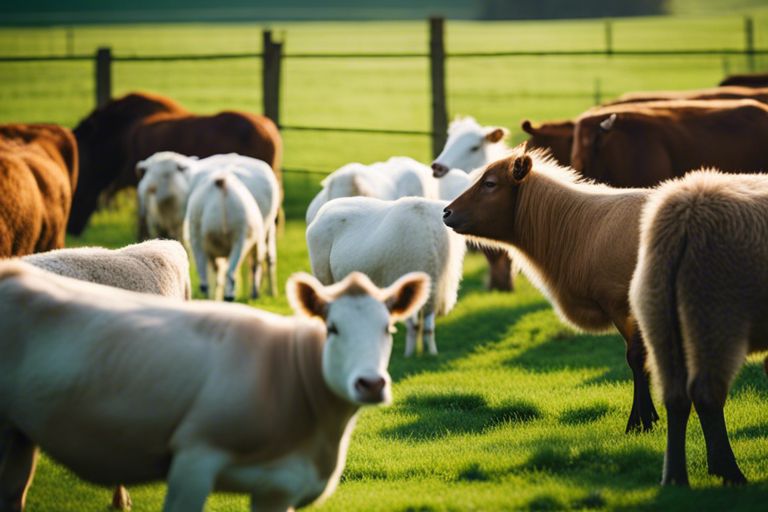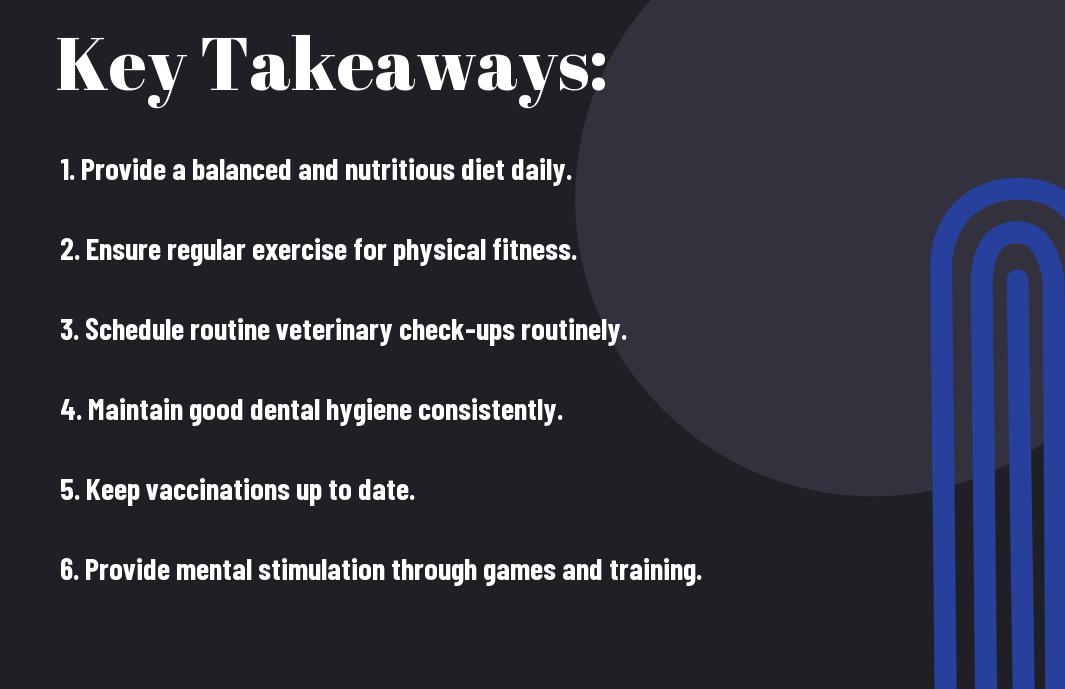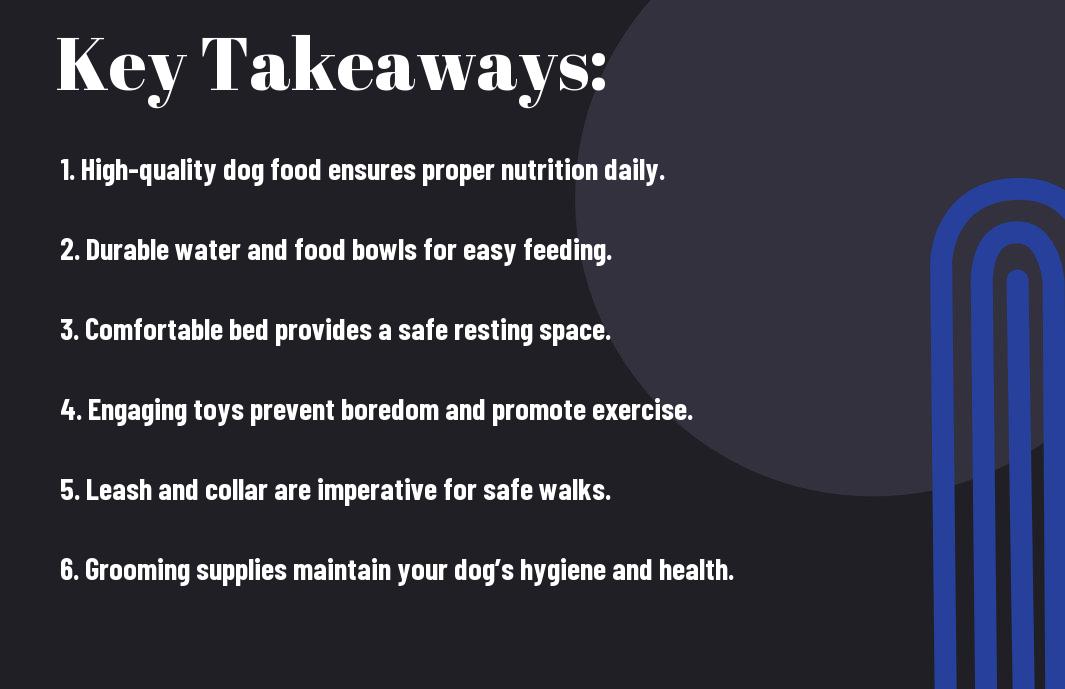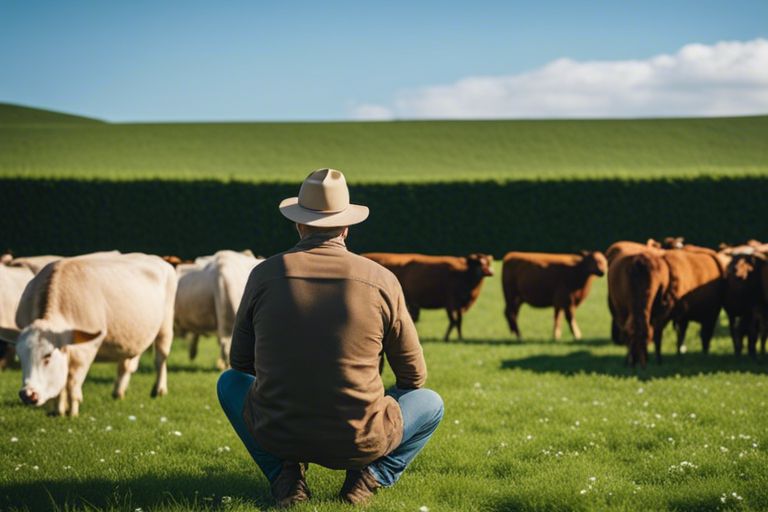You want to make the most of your pasture space when it comes to raising livestock. By strategically planning and managing your land, you can ensure that your animals are getting the most out of their environment while also maximizing your resources. From rotational grazing techniques to proper fencing and water access, there are various ways to optimize your pasture space for the benefit of your livestock. In this blog post, we will probe into different strategies and tips for maximizing your pasture space effectively.
Understanding Your Pasture’s Potential
Assessing Pasture Size and Capacity
To maximize your pasture space for livestock, you first need to assess the size and capacity of your pasture. Calculate the total acreage available for grazing, taking into consideration any natural barriers or uneven terrain that may limit accessibility. Understanding the carrying capacity of your pasture is crucial to avoid overgrazing and ensure the health of your livestock.
Analyzing Soil Health and Grass Types
Pasture productivity is highly dependent on soil health and the types of grasses present. Conduct soil tests to determine nutrient levels and pH balance, which can affect grass growth. Identify the grass species in your pasture to understand their nutritional value and growth patterns. Different grass types thrive in varying conditions, so knowing what is present will help you make informed decisions about pasture management.
| Grass Type | Characteristics |
|---|---|
| Tall Fescue | Drought tolerant, high yield |
| Bermuda Grass | Warm-season grass, spreads rapidly |
| Timothy Grass | Cool-season grass, high palatability |
| Orchard Grass | Tolerant of heavy grazing, good hay quality |
| Ryegrass | Fast-growing, good for overseeding |
- Knowing the nutritional content of different grass types can help you plan a balanced diet for your livestock.
- Understanding the growth patterns of various grasses can assist in rotational grazing strategies.
- Regular soil testing and grass assessment are important for maintaining a healthy pasture ecosystem.
- Consider planting a mix of grass species to ensure year-round grazing options.
- Consult with a local agricultural extension agent for specific recommendations based on your area’s climate and soil conditions.
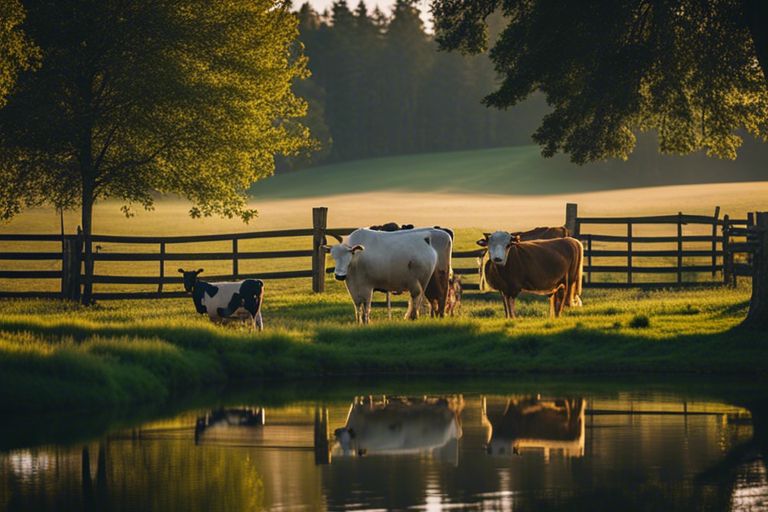
Pasture Management Strategies
Rotational Grazing Techniques
Some of the most effective pasture management strategies involve implementing rotational grazing techniques. By dividing your pasture into smaller sections and rotating your livestock between them, you allow the vegetation time to regrow and recover. This not only maximizes the productivity of your pasture but also helps prevent overgrazing and soil erosion.
Over-seeding and Re-seeding Plans
When considering maximizing your pasture space for livestock, over-seeding and re-seeding plans play a crucial role in maintaining the health and productivity of your pasture. By introducing new and improved grass species, you can enhance the nutritional value of the pasture and prevent weed invasion. Regularly re-seeding bare or damaged areas will ensure a lush and resilient pasture for your livestock to graze on.
For instance, if you notice areas of your pasture that are experiencing thinning grass coverage or soil erosion, implementing an over-seeding plan can help rejuvenate those areas and promote healthy pasture growth. Choose grass species that are well-suited to your soil type and climate to ensure successful establishment and long-term sustainability.
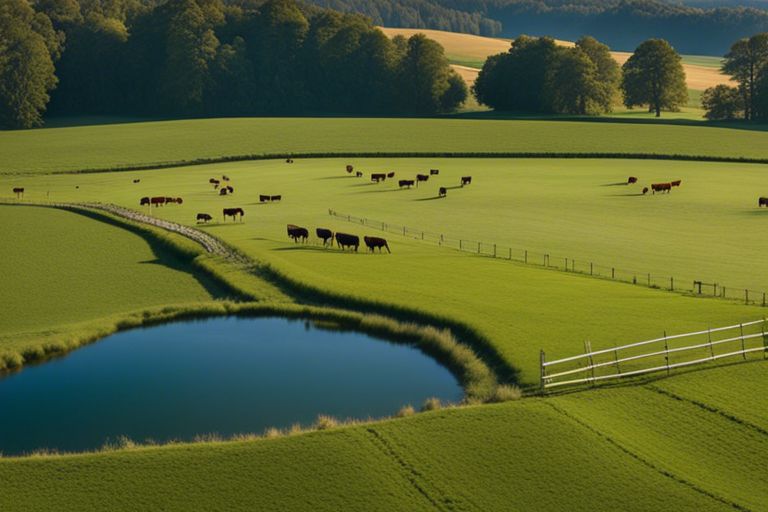
Enhancing Pasture Productivity
Selecting Appropriate Livestock Breeds
The key to maximizing your pasture space for livestock begins with selecting the appropriate breeds for your specific environment. Consider factors such as climate, grazing habits, and desired products when choosing breeds. By selecting livestock breeds that are well-suited to your pasture conditions, you can optimize productivity and minimize health issues.
Integrating Supplementary Feeding Systems
Clearly, integrating supplementary feeding systems into your pasture management plan can help ensure your livestock receive adequate nutrition year-round. By strategically incorporating supplementary feeding systems, you can supplement grazing during times of low pasture productivity, such as winter months or dry spells. This can improve overall livestock health and productivity.
For instance, rotational grazing coupled with mobile feeding stations can help distribute nutrients evenly across your pasture and prevent overgrazing in certain areas. Additionally, providing access to mineral blocks or feed in designated feeding areas can help ensure that all livestock receive the necessary nutrients for optimal health and growth.
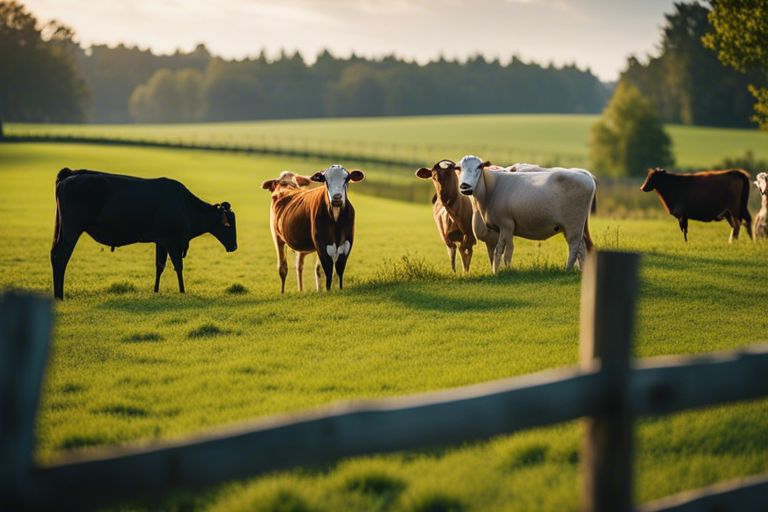
Maintaining Pasture Health
Controlling Weeds and Pests
Maintaining a healthy pasture for your livestock involves controlling weeds and pests that can compete with grass for nutrients and space. Regularly mowing the pasture can help keep weeds in check, and investing in safe herbicides can further prevent weed growth. Implementing pest control measures, such as using barrier methods or introducing natural predators, can also help protect the pasture from potentially harmful pests.
Monitoring and Managing Livestock Health
To ensure the overall health of your livestock and the pasture, monitoring and managing livestock health is crucial. Regularly inspecting animals for signs of illness, implementing vaccination schedules, and providing access to clean water and nutritious feed can all contribute to preventing potential health issues. Working closely with a veterinarian to create a health management plan tailored to your livestock and pasture can help in early detection and prompt treatment of any health concerns.
Pests like ticks, flies, and parasites can pose a significant threat to the health of your livestock and the pasture. Implementing pest control measures like keeping the pasture clean and dry, using fly traps, and administering deworming treatments can help reduce the risk of infestation. Regularly monitoring livestock for signs of pest-related issues and promptly addressing any concerns can help maintain a healthy pasture environment for your animals.
Innovative Approaches to Maximize Space
Utilizing Vertical Space
Despite the limitation of ground space, livestock owners can optimize their pasture area by utilizing vertical space efficiently. Vertical farming techniques such as constructing multi-level feeders or hanging baskets for forage can significantly increase the grazing area available to your animals. Any unused wall or fence can be repurposed to hold vertical planters, providing additional nutrition sources and creating a more sustainable environment for your livestock.
Implementing Agroforestry Practices
Practices like agroforestry offer a strategic approach to maximize pasture space by integrating trees, crops, and livestock in a harmonious system. Agroforestry not only optimizes land use but also enhances biodiversity, soil health, and overall productivity. Space-conscious farmers can benefit from incorporating agroforestry practices on their pastures, creating a balance between agricultural production and environmental conservation.
Final Words
With these considerations in mind, you can effectively maximize your pasture space for livestock and ensure the health and well-being of your animals. By implementing rotational grazing, maintaining proper stocking rates, monitoring pasture health, and providing supplementary feed when necessary, you can create an efficient and sustainable system for utilizing your pasture resources. Remember that proper pasture management not only benefits your livestock but also the environment, promoting healthy soil and vegetation growth. By taking a thoughtful and proactive approach to pasture utilization, you can optimize your land usage and provide the best possible conditions for your animals to thrive.
FAQ
Q: Why is it important to maximize pasture space for livestock?
A: Maximizing pasture space for livestock is imperative to ensure they have access to quality forage, ample space for grazing, and to promote their health and well-being.
Q: How can I maximize pasture space for my livestock?
A: You can maximize pasture space for your livestock by practicing rotational grazing, utilizing sacrifice areas during periods of heavy use, and implementing proper pasture management techniques.
Q: What is rotational grazing and how does it benefit livestock?
A: Rotational grazing involves dividing pastures into smaller paddocks and rotating livestock between them. This allows for rest and regrowth of forage, prevents overgrazing, and promotes healthier pastures.
Q: How can sacrifice areas help in maximizing pasture space?
A: Sacrifice areas are designated spaces where livestock can be confined during times when pastures are not suitable for grazing, such as during wet or snowy weather. This helps protect pastures from damage and allows for better utilization of pasture space.
Q: What are some key pasture management techniques to improve pasture space for livestock?
A: Some key pasture management techniques include soil testing, fertilizing as needed, controlling weeds, maintaining proper stocking rates, and implementing a rotational grazing system.
Q: How does proper pasture management benefit both livestock and the environment?
A: Proper pasture management not only benefits the health and productivity of livestock, but it also helps protect the environment by reducing soil erosion, improving water quality, and enhancing biodiversity in pastures.
Q: What are the potential challenges in maximizing pasture space for livestock?
A: Some potential challenges in maximizing pasture space for livestock include limited land availability, inclement weather conditions, soil fertility issues, and the need for ongoing monitoring and maintenance of pastures.

